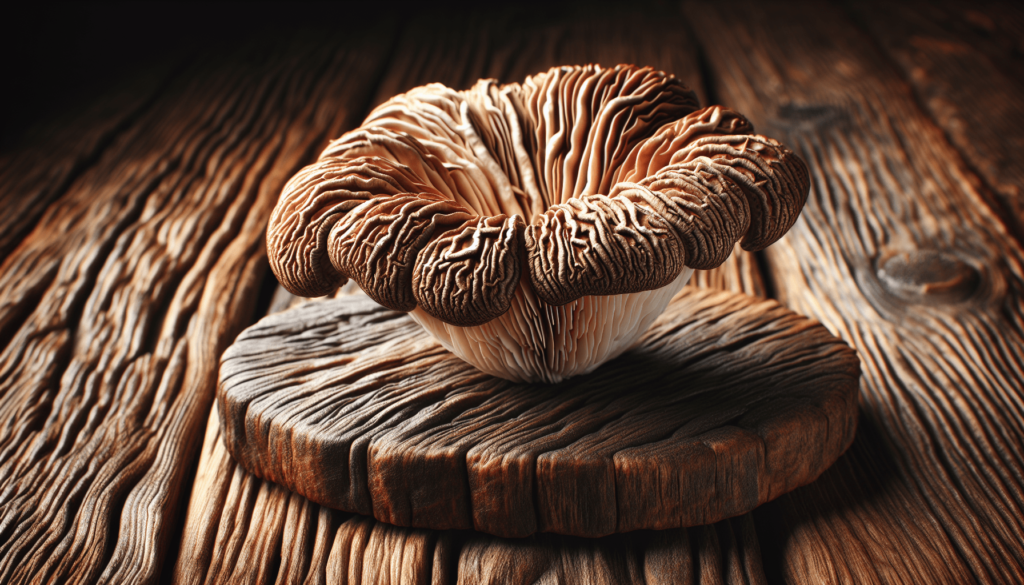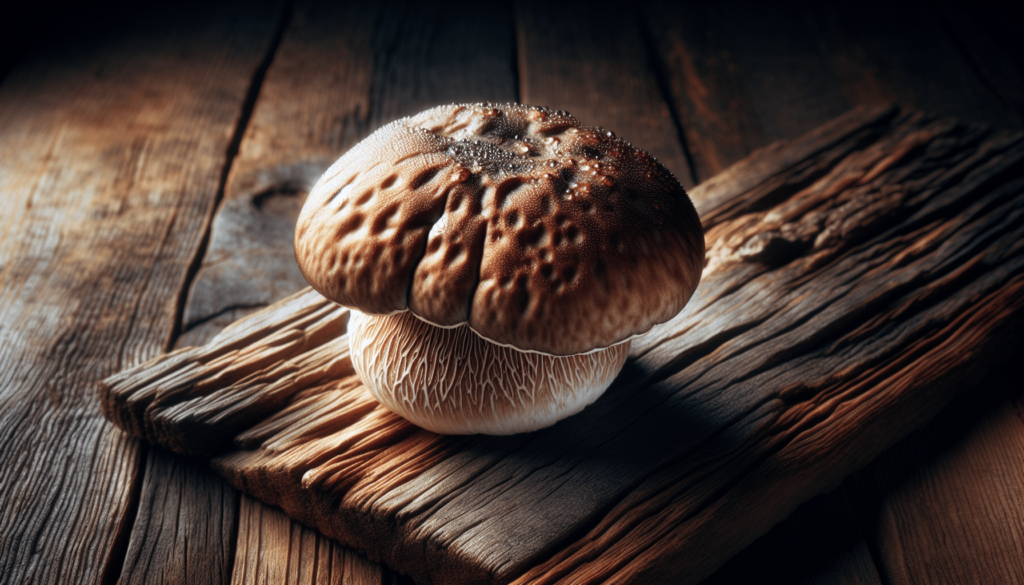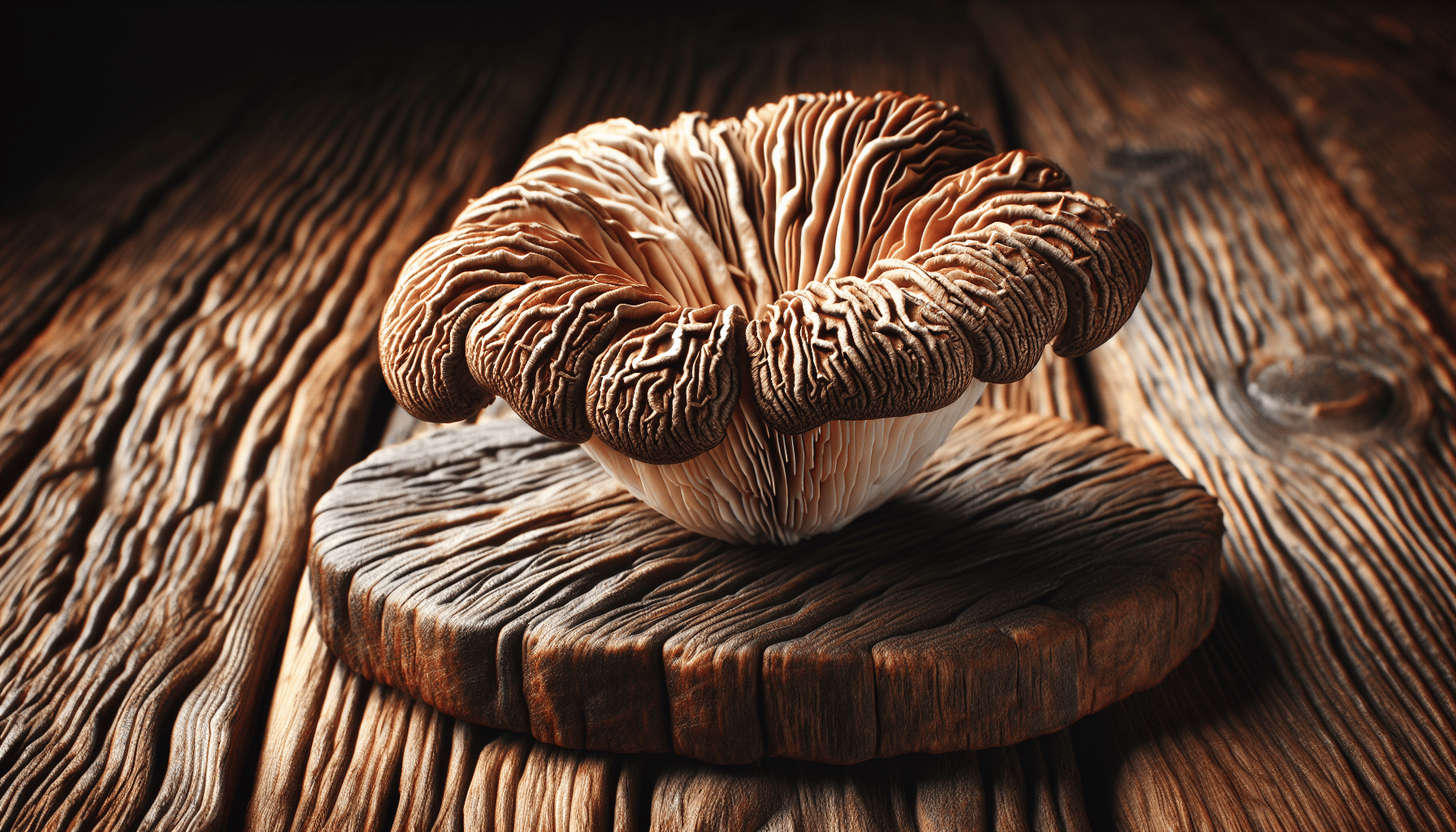What’s the Texture Of Rehydrated Dried Mushrooms?
Have you ever wondered what the texture of rehydrated dried mushrooms is like? Whether you’re a seasoned cook or just starting out in the kitchen, understanding the texture of rehydrated dried mushrooms can make a big difference in your culinary creations. Let’s dive into this topic and explore the different textures you can expect when rehydrating dried mushrooms.

Types of Dried Mushrooms
Before we get into the texture of rehydrated dried mushrooms, let’s first discuss the different types of dried mushrooms you may come across in the market. Some common varieties include:
- Porcini mushrooms
- Morel mushrooms
- Shiitake mushrooms
- Chanterelle mushrooms
- Oyster mushrooms
Each type of dried mushroom has its own unique flavor profile and texture when rehydrated. Experimenting with different varieties can add depth and complexity to your dishes.
Porcini Mushrooms
Porcini mushrooms are known for their nutty and meaty flavor. When rehydrated, they have a firm and slightly chewy texture, making them perfect for soups, stews, and risottos.
Morel Mushrooms
Morel mushrooms have a distinctive honeycomb appearance and a nutty flavor. When rehydrated, they become plump and tender, with a delicate texture that pairs well with cream sauces and pasta dishes.
Shiitake Mushrooms
Shiitake mushrooms have a strong, earthy flavor and a meaty texture. When rehydrated, they retain their chewiness and add depth to stir-fries, broths, and noodle dishes.
Chanterelle Mushrooms
Chanterelle mushrooms are prized for their fruity and peppery flavor. When rehydrated, they have a delicate and slightly spongy texture that works well in omelets, sauces, and gratins.
Oyster Mushrooms
Oyster mushrooms have a mild flavor and a velvety texture. When rehydrated, they become tender and juicy, perfect for sautéing, grilling, or adding to soups and stir-fries.
Each type of dried mushroom offers a unique texture and flavor profile that can elevate your dishes to new heights. Experiment with different varieties to find the perfect match for your culinary creations.
Rehydrating Dried Mushrooms
Now that we’ve covered the different types of dried mushrooms, let’s talk about the process of rehydrating them. Rehydrating dried mushrooms is a simple yet crucial step to bring them back to life and unlock their full flavor potential.
Method 1: Soaking
One common method of rehydrating dried mushrooms is soaking them in hot water. Here’s how you can do it:
- Place the dried mushrooms in a bowl.
- Pour enough hot water over the mushrooms to cover them completely.
- Let the mushrooms soak for about 20-30 minutes, or until they are fully rehydrated.
- Drain the mushrooms and pat them dry with a paper towel before using them in your recipes.
Soaking is a quick and easy method that works well for most types of dried mushrooms. Just be sure to use hot water, as cold water may take longer to rehydrate the mushrooms.
Method 2: Boiling
Another method of rehydrating dried mushrooms is boiling them in water. This method is especially useful for tougher mushrooms that may require a longer rehydration time. Here’s how you can do it:
- Place the dried mushrooms in a pot of boiling water.
- Reduce the heat to a simmer and let the mushrooms cook for about 10-15 minutes, or until they are fully rehydrated.
- Drain the mushrooms and rinse them under cold water to stop the cooking process.
- Pat the mushrooms dry with a paper towel before using them in your recipes.
Boiling is a more hands-on method of rehydrating dried mushrooms, but it can be effective for mushrooms that need a bit more time to soften.
Experiment with different rehydration methods to find the one that works best for the type of dried mushrooms you are using. The texture of rehydrated dried mushrooms can vary depending on how they are rehydrated, so don’t be afraid to try different techniques to achieve the perfect texture for your dish.
Texture of Rehydrated Dried Mushrooms
Now that you know the different types of dried mushrooms and how to rehydrate them, let’s dive into the texture of rehydrated dried mushrooms. The texture of rehydrated dried mushrooms can vary depending on the type of mushroom, how it was dried, and how it was rehydrated. Here are some common textures you may encounter:
Firm and Chewy
Some dried mushrooms, such as porcini and shiitake mushrooms, have a firm and chewy texture when rehydrated. These mushrooms hold their shape well and add a meaty bite to dishes like soups, stews, and risottos.
Plump and Tender
Other dried mushrooms, like morel and chanterelle mushrooms, become plump and tender when rehydrated. These mushrooms have a softer texture that pairs well with creamy sauces, pasta dishes, and egg-based recipes.
Spongy and Juicy
Certain dried mushrooms, such as oyster mushrooms, have a spongy and juicy texture when rehydrated. These mushrooms absorb flavors well and add a velvety mouthfeel to dishes like stir-fries, soups, and grilled dishes.
The texture of rehydrated dried mushrooms can greatly enhance the overall eating experience of a dish. Whether you prefer mushrooms with a firm bite, a delicate tenderness, or a juicy sponginess, there is a dried mushroom variety out there to suit your taste preferences.
Cooking Tips for Rehydrated Dried Mushrooms
Now that you know the different textures of rehydrated dried mushrooms, let’s explore some cooking tips to make the most of their unique qualities. Here are a few tips to help you incorporate rehydrated dried mushrooms into your recipes:
Retain the Mushroom Broth
When rehydrating dried mushrooms, don’t discard the soaking liquid! This flavorful mushroom broth can be used as a base for soups, sauces, and risottos to enhance the umami taste of your dishes.
Strain and Rinse
After rehydrating dried mushrooms, be sure to strain and rinse them under cold water to remove any grit or debris. This will ensure a cleaner and more enjoyable eating experience when using the mushrooms in your recipes.
Add to Dishes Towards the End
To preserve the texture of rehydrated dried mushrooms, add them to your dishes towards the end of the cooking process. This will prevent them from becoming too soft or mushy and allow their unique texture to shine through.
Pair with Complementary Ingredients
Consider pairing rehydrated dried mushrooms with complementary ingredients to enhance their flavor and texture. Ingredients like garlic, herbs, butter, cream, and wine can elevate the taste of the mushrooms and create a harmonious balance in your dishes.
By keeping these cooking tips in mind, you can make the most of the texture of rehydrated dried mushrooms and create flavorful and satisfying dishes that showcase the unique qualities of these versatile ingredients.

In Conclusion
In conclusion, the texture of rehydrated dried mushrooms can vary depending on the type of mushroom, how it was dried, and how it was rehydrated. Whether you prefer firm and chewy mushrooms, plump and tender mushrooms, or spongy and juicy mushrooms, there is a dried mushroom variety out there to suit your taste preferences.
Experiment with different types of dried mushrooms, rehydration methods, and cooking techniques to discover the textures that appeal to your palate. With a bit of practice and creativity, you can transform rehydrated dried mushrooms into delicious and satisfying dishes that will impress family and friends alike. Happy cooking!

